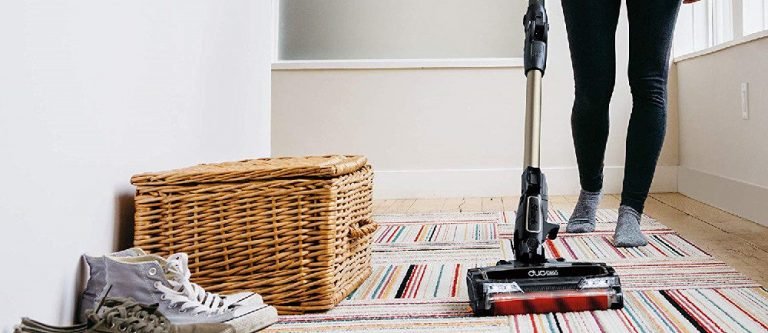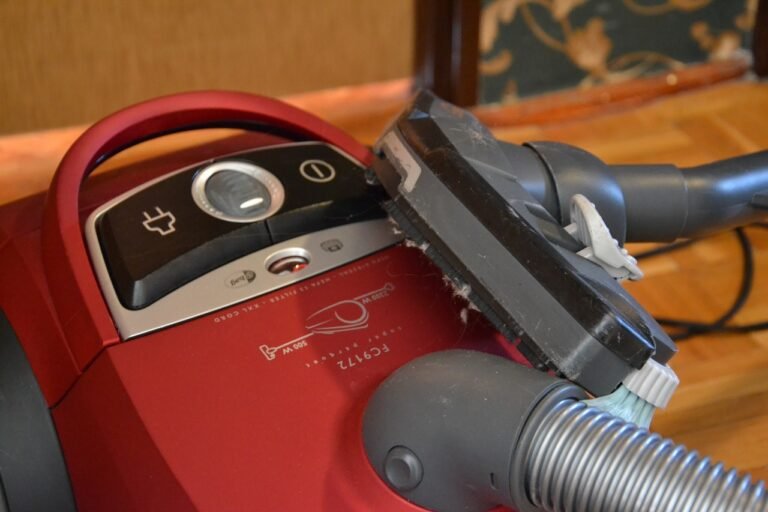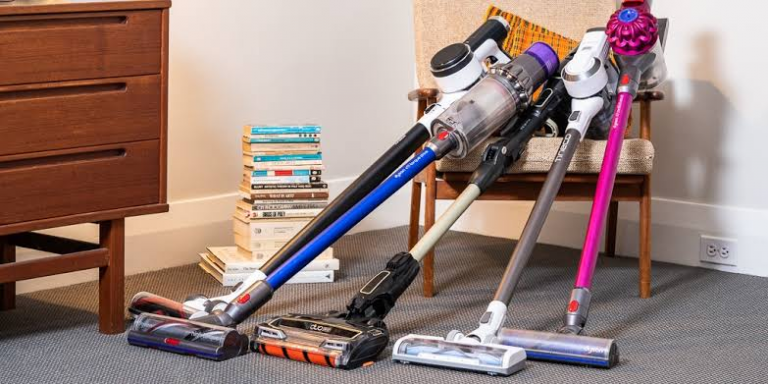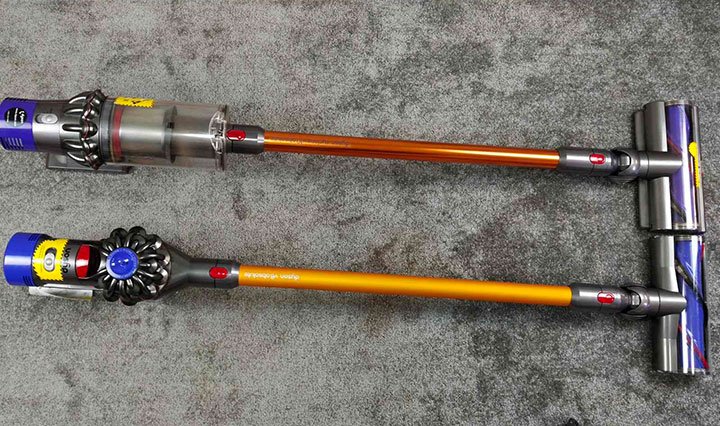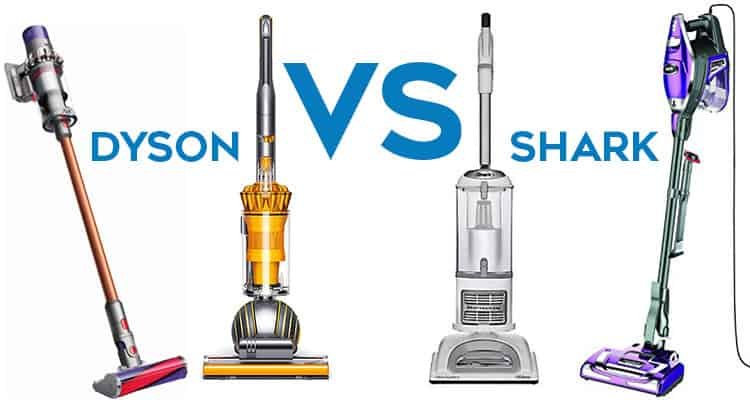Common Robotic Vacuum Issues: Causes and Solutions
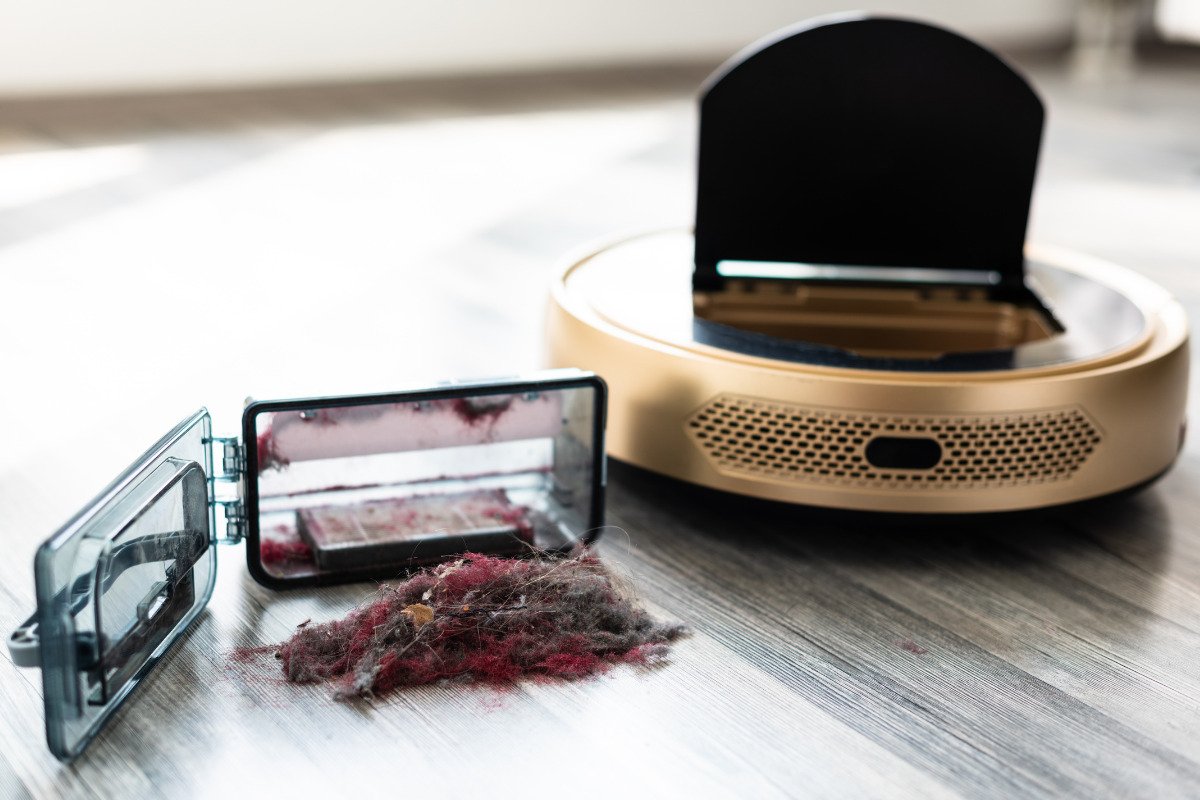
You know how handy a robotic vacuum is for cleaning. However, like any home equipment, it might develop faults that impact functionality. This blog addresses the most common robotic vacuum issues and offers efficient solutions.
First, identify the problems’ causes. Dirt accumulation, software bugs, and limited battery life may cause robotic vacuum performance issues. And sometimes, hardware or connection issues are more complicated. You can fix and optimize your equipment by understanding these frequent robotic vacuum difficulties and their causes.
Learn how to repair poor cleaning performance, becoming stuck or jammed, battery and charging difficulties, random or unexpected cleaning patterns, loud operation, connection concerns, and prevention suggestions.
Our practical suggestions and solutions will help your robotic vacuum last for years. Here’s how to fix some typical robotic vacuum problems.
Inadequate Cleaning Performance

Is your robotic vacuum not cleaning properly? There are several potential reasons for its inadequate cleaning performance, but don’t worry – we have covered you. Here are some possible causes and solutions to help improve your robotic vacuum’s cleaning abilities:
👉🏻Dusty or Dirty Sensors
The robotic vacuum’s sensors are crucial in detecting dirt and debris. If dust or dirt contaminates the sensors, it can severely impact the vacuum’s cleaning performance. Clean the sensors regularly with a soft cloth or brush to ensure optimal performance.
👉🏻Worn Out Brushes or Filters
Damaged or worn-out brushes and filters can significantly affect the cleaning performance of your robotic vacuum. Make sure to replace them on time to keep your vacuum working efficiently.
👉🏻Obstruction in the Path
If there is an obstruction in the path of your robotic vacuum, it will not clean properly in that area. Check for any obstacles or clutter on the floor that might block the vacuum’s path. Clear the area before starting the cleaning cycle.
👉🏻Low Battery Charge
If your robotic vacuum’s battery is low, it may not have enough power to clean your entire home. Charge the battery fully before use, and avoid running the vacuum in low power mode.
👉🏻Overused Battery
Using your robotic vacuum’s battery for a long time might not hold a charge. Consider replacing the battery if it does not last an hour during operation.
By identifying and addressing these potential causes of inadequate cleaning performance, you can ensure that your robotic vacuum operates optimally and keeps your home clean and tidy.
👉🏻Solutions
To improve the cleaning performance of your robotic vacuum, try the following:
- Clean the brush roll regularly and remove any hair or debris.
- Replace or clean the filter according to the manufacturer’s instructions.
- Check and clean the wheels and sensors, particularly if they appear dirty or obstructed.
- Fully charge the vacuum before use.
- Move the virtual wall to allow the vacuum to clean all areas.
Addressing these potential causes can help restore your robotic vacuum’s cleaning performance and ensure it operates at its best.
👉🏻Prevention Tips
To prevent your robotic vacuum from experiencing inadequate cleaning performance, try the following:
- Clean the vacuum regularly, including the brush roll, filter, and sensors.
- Remove any large or excessive debris before using the vacuum.
- Keep the virtual wall in a position that allows the vacuum to clean all areas effectively.
- Charge the vacuum before use to ensure it has enough power to operate at its highest setting.
These tips help keep your robotic vacuum in good condition and prevent it from experiencing cleaning performance issues.
Battery and Charging Problems

If you’re experiencing issues with your robotic vacuum’s battery or charging, it can be frustrating and affect the appliance’s performance. Here are some possible causes and solutions to help resolve the problem:
✔Battery Issues
- Check if you properly plug in the battery and securely connect.
- Ensure the battery is not damaged or worn out, as this can result in shorter battery life
- If the battery is depleted, let it charge for at least 3-4 hours
- Avoid charging the battery continuously for extended periods. It will cause damage to the battery.
✔Charging Problems
- Ensure that the charging station or dock is plugged in and receiving power
- Check the charging contacts on both the vacuum and dock to make sure they are clean and free of debris
- If the vacuum is not charging, try resetting it by unplugging the dock, waiting for a minute and plugging it back in
- Avoid overcharging the vacuum, as it may result in battery damage
With these tips, you can troubleshoot and resolve common robotic vacuum battery and charging issues and ensure that your appliance continues operating optimally.
Inconsistent Cleaning Patterns

If your robotic vacuum exhibits unpredictable cleaning behavior, it can be frustrating and defeat the purpose of owning one. However, this is a common issue that many users face. This section will explore why your robotic vacuum may have inconsistent cleaning patterns and provide solutions to restore its predictable cleaning behavior.
▶Potential Causes
- Obstacles: Your robotic vacuum may encounter obstacles, such as furniture, disrupting its cleaning path. Check the area for objects that may be blocking its path and remove them.
- Dirty Sensors: The sensors that guide your robotic vacuum may be covered in dust or dirt, leading to confusion in the cleaning pattern. Clean the sensors using a lint-free cloth to restore normal operation.
- Battery Issues: A robotic vacuum with a low battery or one frequently running out of power mid-clean may lose track of its cleaning path. Fully charge your vacuum’s battery, and consider replacing it if necessary.
▶How to Fix Inconsistent Cleaning Patterns
- Check the environment: Clear the area of obstacles or clutter that may impede your robotic vacuum.
- Check the sensors: Clean your vacuum’s sensors with a lint-free cloth to restore normal operation.
- Reset the cleaning path: Turn off your vacuum, move it to a different location, and restart it to reset the cleaning path. It may help your vacuum rediscover its cleaning pattern.
- Update the software: A robotic vacuum’s inconsistent cleaning behavior can sometimes be due to outdated software. Check for any available updates and install them to improve your vacuum’s performance.
Follow these tips to restore your robotic vacuum’s consistent and predictable cleaning patterns. Doing so ensures that your vacuum operates at its best and keeps your floors clean.
Noisy Operation
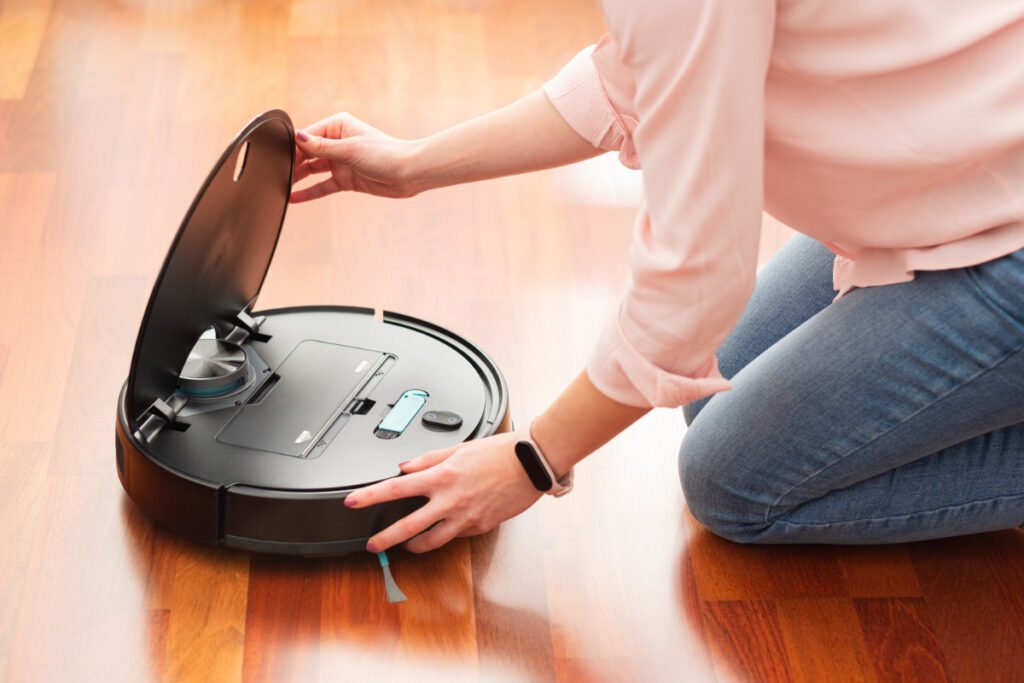
If your robotic vacuum produces a lot of noise during operation, this can be quite disruptive and annoying. Several factors can cause the loud operation, and addressing them can help make your vacuum run quieter. Here are some possible solutions:
- Check the wheels for debris, hair, or other blockages that may cause the vacuum to make more noise than usual. Clean the wheels and surrounding area regularly to prevent debris buildup.
- Inspect the brush roll for tangled hair or debris that may cause it to work harder and produce more noise. Clean the brush roll regularly to avoid this issue.
- Replace any worn or damaged parts that may be causing the noise, such as a damaged fan or motor.
- Consider using noise-absorbing materials or adding soundproofing to the room where you use the vacuum to reduce the noise level.
Implementing these measures can help your robotic vacuum operate more quietly and make cleaning more peaceful.
Inability to Connect
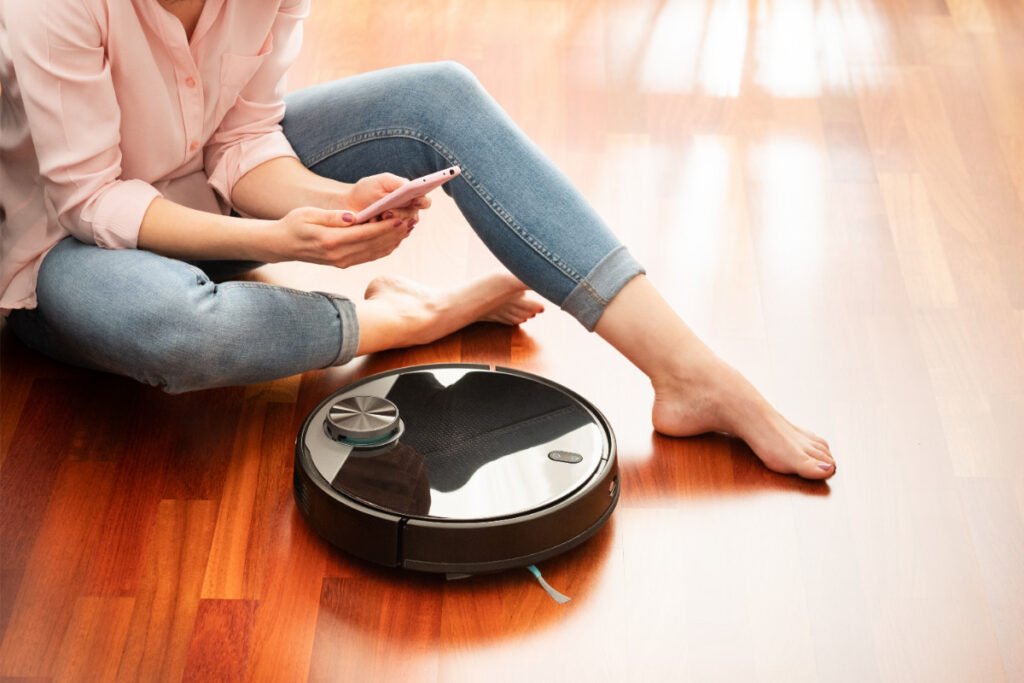
Connectivity problems can be frustrating when trying to use your robotic vacuum. Fortunately, you can try simple solutions to fix connection errors and get your vacuum back up and running.
❗Check Your Wi-Fi Signal
Make sure your robotic vacuum is in range of your Wi-Fi signal. If your signal is weak, try moving your router closer to the vacuum or installing a Wi-Fi booster to strengthen the signal.
❗Restart Your Vacuum and Router
Restarting your vacuum and router can help resolve connection issues. Turn off both devices and wait a few minutes before turning them back on. It can often fix any connectivity problems caused by temporary glitches.
❗Reset Your Robotic Vacuum
If restarting your vacuum and router doesn’t work, you may need to reset your robotic vacuum. Consult your user manual for instructions on how to perform a reset. Remember that resetting your vacuum will erase any saved cleaning maps or schedules.
❗Update Your Firmware
Make sure your robotic vacuum is running the latest firmware version. Check the manufacturer’s website for any available updates, and follow the instructions to download and install them.
❗Factory Reset Your Router
If none of the above solutions work, try factory resetting your router. It will erase your router’s settings and configurations but can help resolve persistent connectivity issues. For further details on how to do a factory reset, see the handbook that came with your router or contact your ISP.
Following these tips, you can troubleshoot common robotic vacuum connectivity issues and ensure your vacuum is connected and ready to clean whenever needed.
Tips for Preventing Robotic Vacuum Issues
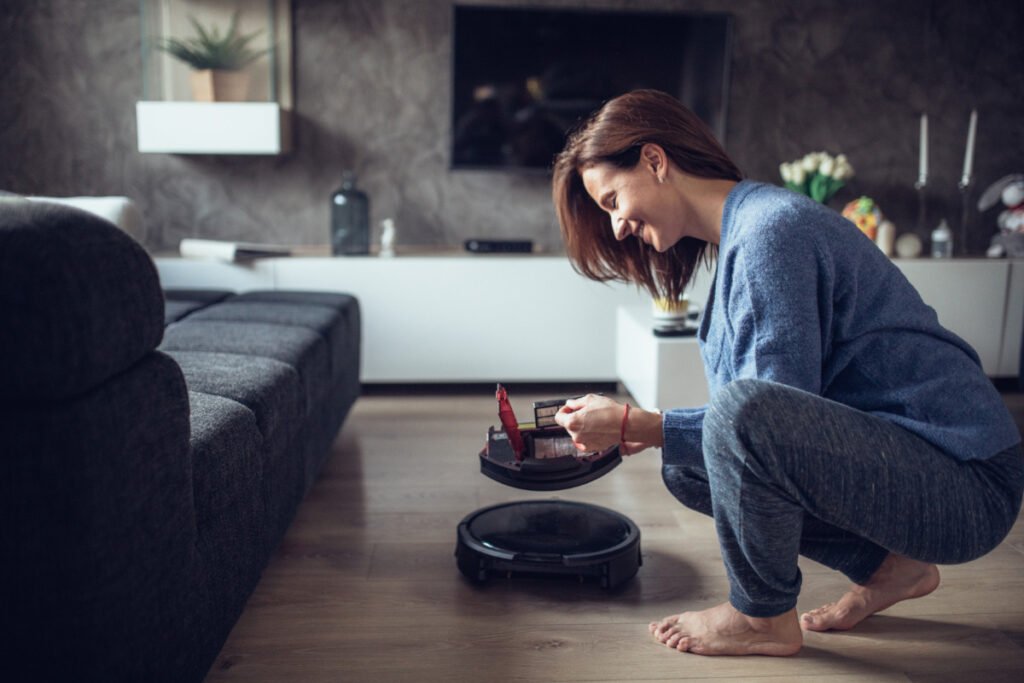
Now that you know the most common issues that can arise with robotic vacuums and their solutions, it’s important to know how to prevent them in the first place. Here are some tips to help you keep your robotic vacuum in good working condition:
💯Regular Maintenance
Maintaining your robotic vacuum ensures optimal performance and avoids potential issues. It includes cleaning the brushes, filters, and dustbin after each use and checking for any damage or wear and tear.
💯Clear the Area
Before using your robotic vacuum, ensure the cleaning area is free of any obstacles or potential hazards that may cause it to get stuck or damaged. Remove any small objects, cables, or loose rugs that may interfere with their movement.
💯Use Appropriate Settings
Select the appropriate settings for your robotic vacuum based on the type of flooring and level of dirt. Using incorrect settings can cause unnecessary wear and tear on the appliance and affect its cleaning performance.
💯Update the Firmware
Ensure your robotic vacuum runs the latest firmware version to take advantage of performance enhancements or bug fixes.
💯Proper Charging
Always charge your robotic vacuum using the manufacturer’s recommended charging dock. Avoid leaving it plugged in for too long or using non-compatible chargers, which can damage the battery and cause charging issues.
💯Store in a Safe Place
Store your robotic vacuum in a cool, dry place away from direct sunlight or heat sources when not in use. It helps to prevent any potential damage to the appliance and prolong its lifespan.
Frequently Asked Questions
Q: Why is my robot vacuum not vacuuming?
A: If your robot vacuum is not vacuuming, several potential reasons exist for this issue. First, check if the dustbin is full and empty it if necessary. Ensure the brushes and filters are clean, as a dirty or clogged system can hinder performance. Additionally, confirm that the wheels are free of obstructions, allowing smooth movement. Check for error messages on the device or the accompanying app, as this can provide insights into specific issues. If problems persist, refer to the user manual for troubleshooting tips or contact the manufacturer’s customer support for further assistance.
Q: Can a robot vacuum be repaired?
A: Yes, you can repair a robot vacuum. If you are experiencing issues with your robot vacuum, consult the user manual for troubleshooting guidance. Some common problems, such as sensor malfunctions or software glitches, can be resolved through simple troubleshooting steps. Additionally, check if the vacuum is still under warranty, as the manufacturer may offer repair or replacement services. If the issue is more complex, consider contacting the manufacturer’s customer support for assistance or seek help from an authorized repair service.
Q: How can I make my robot vacuum work better?
A: To enhance the performance of your robot vacuum, consider a few key tips. First, ensure a clutter-free environment by picking up loose items and eliminating obstacles. Regularly clean the dustbin and filters to maintain optimal suction power. Check for tangled hair or debris around the brush rollers and remove them as needed. Establish a consistent cleaning schedule to prevent excessive dirt buildup. Additionally, map out the cleaning area and strategically place the charging station for efficient navigation. Lastly, keep the sensors and cliff sensors clean to facilitate smooth operation.
Q: Do robot vacuums get clogged?
A: Yes, robot vacuums can get clogged, particularly if they encounter large amounts of debris, pet hair, or string-like materials. It’s important to regularly check and clean the vacuum’s dustbin, filters, and brush rollers to prevent clogs and ensure optimal performance. Tangled hair and fibers can wrap around the brushes, leading to reduced suction power and efficiency. Clearing blockages promptly and maintaining the vacuum components will help prevent clogs and keep your robot vacuum operating smoothly.
Q: Should my robot vacuum always be plugged in?
A: Keep your robot vacuum plugged in while not in use. Plugging in most robot vacuums won’t damage the battery since smart charging prevents overcharging. Keeping the vacuum connected to the charging dock ensures it’s always ready to perform scheduled or needed cleaning tasks. However, if you plan to store the robot vacuum for an extended period without use, some manufacturers recommend partially charging the battery and storing it in a cool, dry place. Always refer to your specific model’s user manual for the manufacturer’s guidelines on charging and storage.
Q: Do robot vacuums use a lot of electricity?
No, robot vacuums typically don’t consume a significant amount of electricity. Most modern robotic vacuum cleaners are energy-efficient, using sensors and algorithms to navigate efficiently and conserve power. Their compact size and advanced technologies contribute to lower energy consumption than traditional vacuum cleaners. Additionally, many models have smart features like scheduling and auto-docking. These help optimize energy usage by allowing the robot to operate only when needed and return to its charging station automatically.
Conclusion
Addressing common robotic vacuum issues is crucial to ensuring optimal performance and a seamless cleaning experience. From regular maintenance tasks like clearing debris from brushes and filters to strategic placement of charging docks, these proactive measures can significantly enhance the efficiency of your robot vacuum. Promptly tackling problems such as clogs and keeping sensors clean will make operations smoother.
Remember, while incredibly advanced, these machines benefit from a bit of human attention. By incorporating these tips into your routine, you’ll not only extend the lifespan of your robot vacuum but also enjoy consistently clean living spaces. Please comment below if you have any specific concerns or want personalized advice. Your feedback and questions are always welcome as we strive to assist you in making the most of your robotic vacuum technology.

